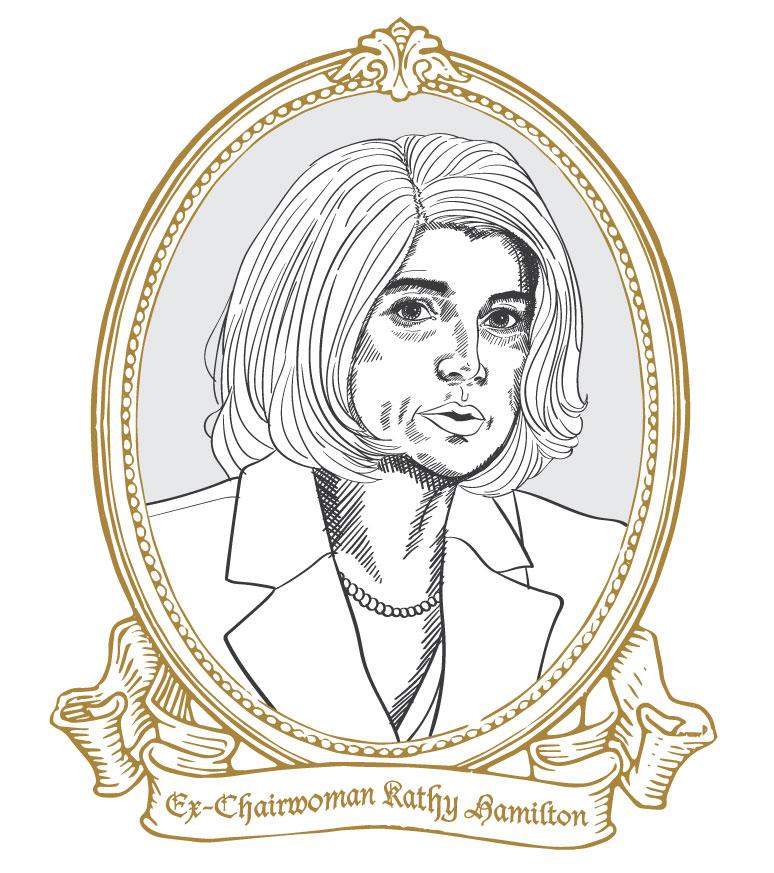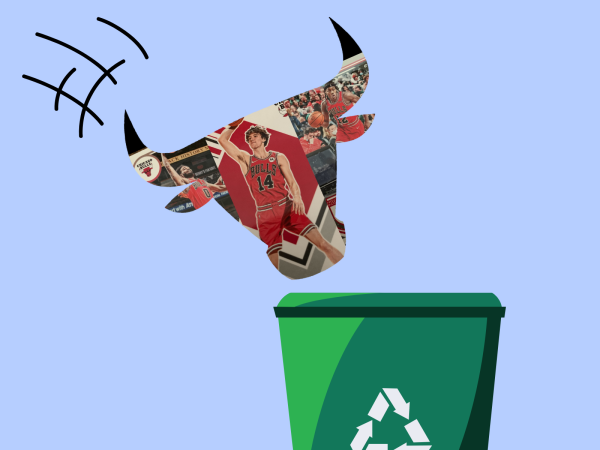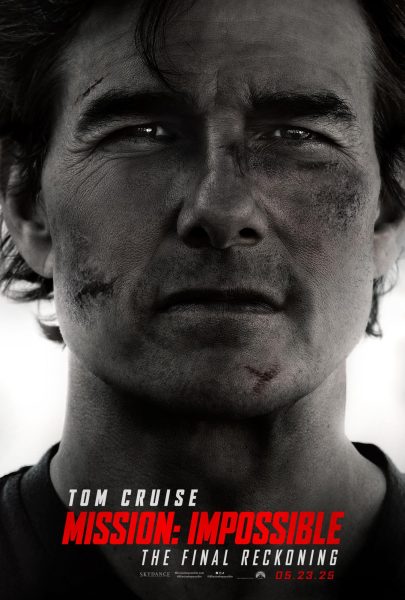The aftermath of Kathy Hamilton’s resignation
What we’ve learned since the board chairwoman left office
Over the past few months, following the resignation of former College of DuPage board Chairwoman Kathy Hamilton, we have learned one thing for certain: flawed leadership is better than no leadership at all.
When Hamilton first became a trustee at COD, the college was not in a great place. Former President Robert Breuder had a vote of no confidence from full-time faculty, an inappropriate email to former Gov. Pat Quinn was released and the Waterleaf receipts were just beginning to surface. In short, things didn’t look good. Still, Hamilton took her position on the board and wasted no time in speaking her mind—about Breuder, mainly, but also on any other college issue. She took initiative at a time when motivation was low, but necessary. The changes we’ve seen at the college over the past few years are not all due to Hamilton’s determination, but she certainly did leave the college in better condition than when she began working here.
That being said, Hamilton wasn’t recognized as the glue that held the board together until she left it. In fact, she oftentimes seemed to be at the center of the issues the trustees faced, mainly amongst themselves. Hamilton more often than not straddled the line between professional and unprofessional. She was no stranger to passive aggressive commentary and had no trouble with being outspoken against Breuder and anyone who was a part of his administration, including veteran board members.
Nobody is perfect; Hamilton’s motives were often good, but her behavior was often bad. COD benefitted from her passion, her drive to not only take action but to follow through as well. However, when she left office, no one expected the downward spiral that followed. The board boycotts, which put a prolonged halt on numerous forms, bills and agendas needed to run the college, were a direct result of her resignation. It was the butterfly effect: one issue led to another, which led to another, until the college began to resemble the mess it had been when Hamilton took office.
The problem isn’t that Hamilton left. It’s that once she did, the divide on the board became an even split. Hamilton could get things done because with most decisions, she was on the winning side of a 4-3 vote. The college benefitted from having not only someone who took initiative, but also having enough people agreeing on issues to keep business moving along. With her gone, the two sides of the board had been participating in a standoff before trustee David Olsen was sworn in as the new tiebreaker. Now, only time will tell if his appointment will return the college to its former (almost) glory, or if the board will once again take five steps forward and two steps back.
It took us a long time to weigh in on Hamilton’s resignation, in part because there was no way of knowing what effect it would have on the college until we waited and saw it for ourselves. However, it certainly wasn’t opportune timing for this aftermath to unfold. The Higher Learning Commission (HLC) has only recently placed COD on probation, and the items that need to be addressed in order to gain back our accreditation cannot be accomplished properly until we have a new president. We won’t have a new president until the search committee hires one, and the hiring process was only complicated by the uncooperative behavior of the board. And of course, the board wouldn’t have experienced its latest drama had Hamilton not resigned. Like we said: butterfly effect.
While there were certainly plenty of flaws we could point out about Hamilton’s leadership (and if you’ve read past issues of The Courier, it is clear that we have,) what’s more important now is looking forward. Hopefully, the trustees will begin to exhibit the ambition Hamilton was notorious for, and until then, at least try to address some of the HLC’s accreditation concerns. After all, COD students, faculty and administration alike should all have the same goal to follow Hamilton’s lead and leave this college better than when we arrived.







Tom Mouhelis • Mar 13, 2016 at 4:50 pm
I question why she quit. As a former elected official I would have stated the reason. What a joke.
Joe M. Wozniak • Mar 12, 2016 at 1:30 am
To the person that wrote this article, please be aware of the fact that the search committee does not and cannot hire a new president. The firing and hiring of the college president is one of the duties of the ELECTED Board of Trustees, no one else can do this.
Karin Evans • Mar 11, 2016 at 3:00 pm
Excellent, smart, timely, thoughtful piece. Thank you.